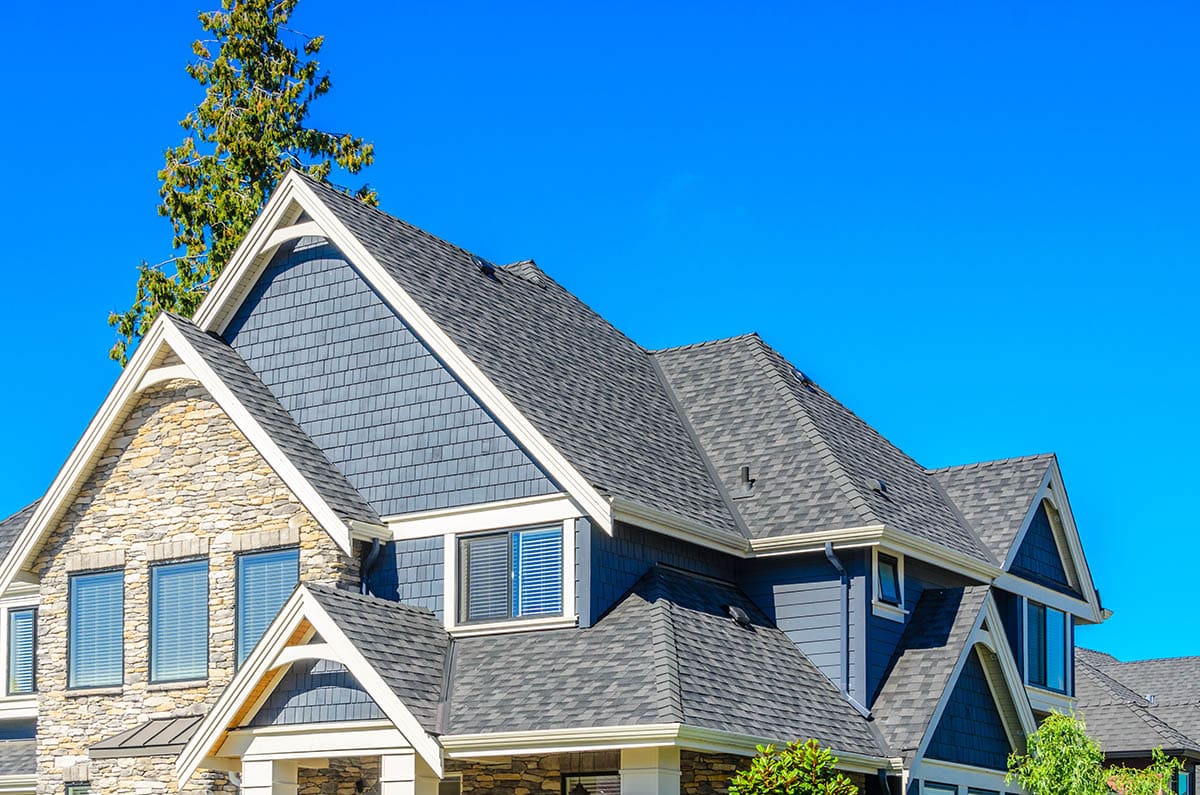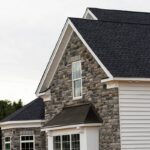What’s the Difference Between Closed Cut Roofing Valleys & Open Cut Roof Valleys?
Open or Closed Cut Roofing Valleys are a couple of ways to install shingles on your home. In fact, there are several ways to do the job when it comes to positioning shingles. We’ll show you some of the popular methods and cover their strengths and weaknesses.
Closed Cut Roofing Valleys vs. Open Cut Roof Valleys
One of the big differences between the two styles is cost. Open-cut valleys may have the best performance in difficult storm damage and weather conditions, but they come with the highest price tags. Most of the other methods are more cost-effective.
Closed Cut Valleys
The closed-cut valley look has become really popular with Michigan homeowners and it’s relatively easy to put together. Usually, there’s a process where the roofer first cuts shingles on the shorter-sloped side, then does the same for the higher slope with a straight line flush with the valley.
If it’s done properly, rainwater favors the higher-sloped side, thus keeping it away from the roof deck. Once again, this tends to be the cheaper approach, though all shingle cutting styles require careful workmanship.
Open Cut Valleys
The open-cut valleys utilize metal material to hold things together at the valley. They withstand snow storms really well and you can fit the shingles to the valley easier by nailing it to the flashing. Granted, it does take more detailed work to install the metal valley, so it might make the process last longer.
Open-cut valleys can come in either a “v” or “w” shape. The “v” shape creates a bend to fit into the angle of the adjoining roof slopes. The “w” shape makes a bump in the center of the valley, which is advantageous for keeping water out from under the shingles.
Other Shingling Styles
There are other roof valleys that you may encounter. They aren’t as common and present some problems, so we don’t install them very often.
California roof valleys are a variant of the open-cut valley. It’s a low-cost method, but it only works with simple laminate shingles. It comes with flashing all the way down it, and it doesn’t require roofers to cut it as much. However, it’s not up to code in every area.
Then there’s the “woven valley” style that requires a lot of tricky craftsmanship to perfect. It works well enough except for the installation difficulty and the fact that they do hold up as well in colder areas.
Shingle Materials Matter Too
Since you don’t want to compromise on roof protection, we also recommend getting the best possible materials.
For us, that’s the GAF brand. GAF covers roughly half the homes in America. Their materials come with excellent warranty terms, and they’re right up there with Owens Corning, CertainTeed, and Atlas as some of the top manufacturers in the nation.
GAF also produces the best deck protection on the market. They have four different trademark deck products that will keep your home exterior in great shape for years to come. Check out this resource to read all about how GAF’s products can protect your roof deck.
We like GAF shingles so much that we even certified our business to the level of Master Elite services for their products. That means Rapid Roofing is part of an elite group of contractors (only 3% of roofing businesses) capable of shingling your roof properly with GAF products.
Rapid Roofing: Expert Roofing Installation in Detroit
We’re southeast Michigan’s best operation for roof installation regardless of which approach you are to take. This goes for any building or structure: multi-family homes, businesses, condos, apartments, and more.
Rapid Roofing has locations in five different areas: Ann Arbor, Canton, New Hudson, Bloomfield Hills, and Ypsilanti. We’re happy to fully assist you with insurance issues, financing, and all the other stumbling blocks that might hinder roofing or home improvement project.
If you want to learn more about closed-cut roofing valleys or any other shingling technique, contact Rapid Roofing at any time.






